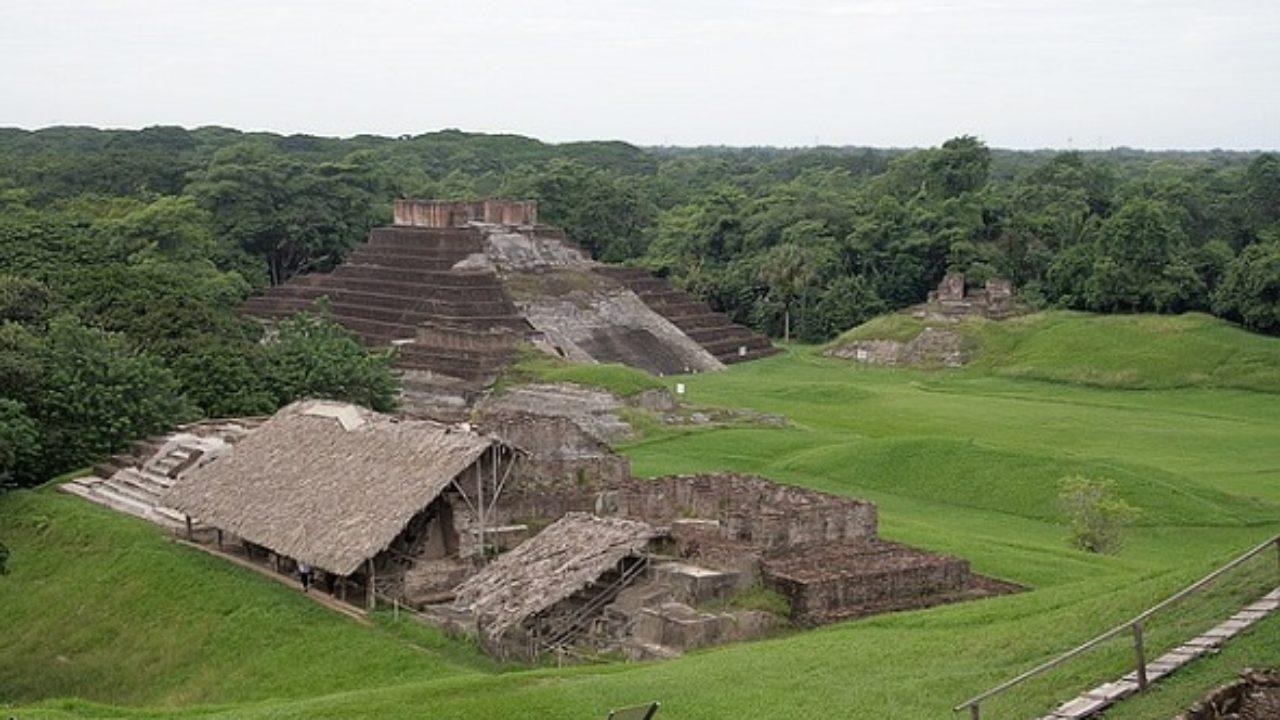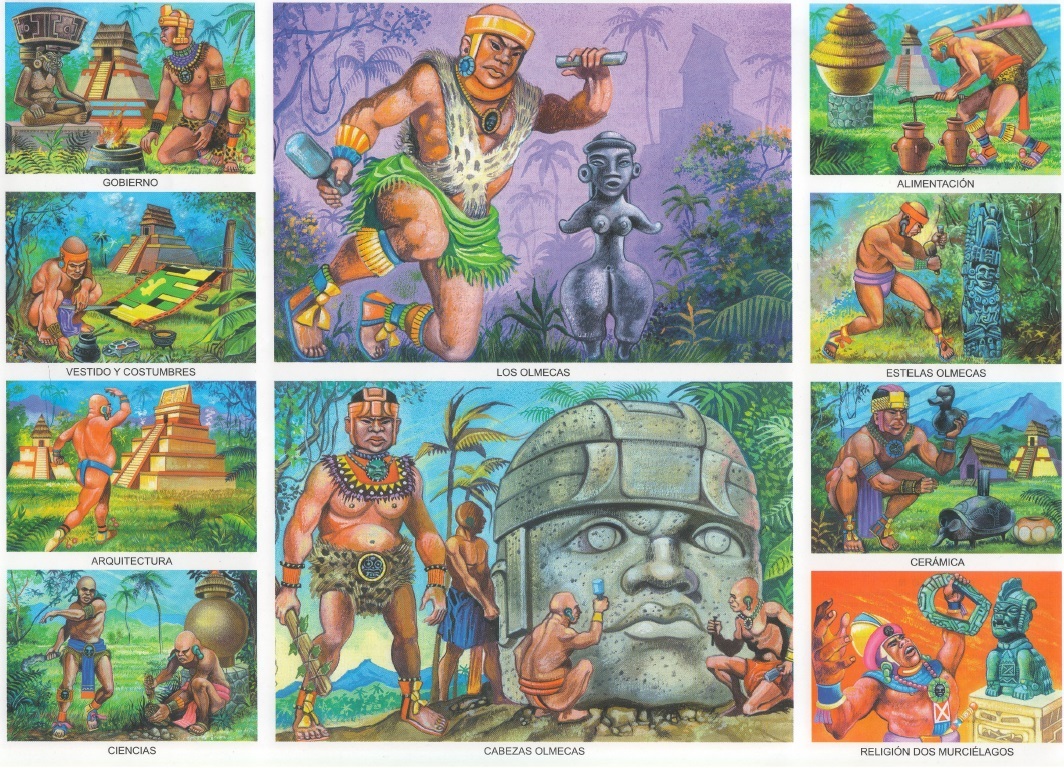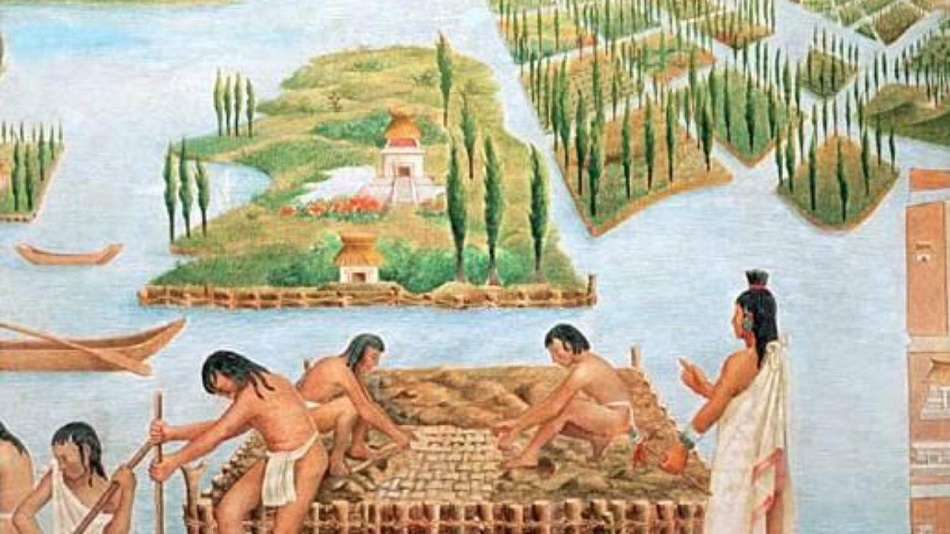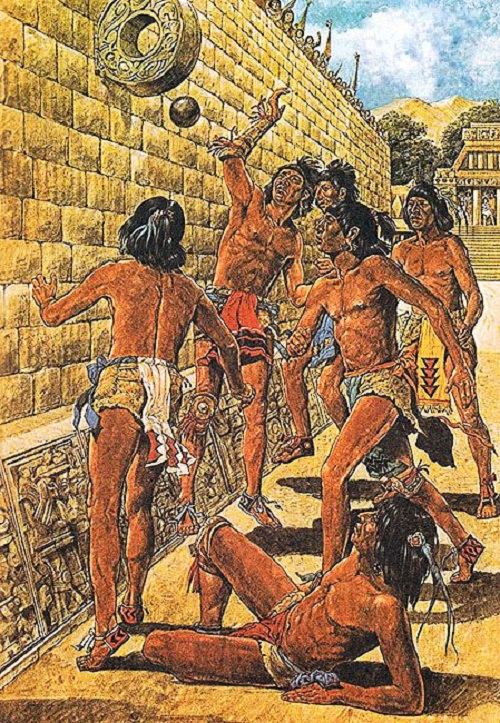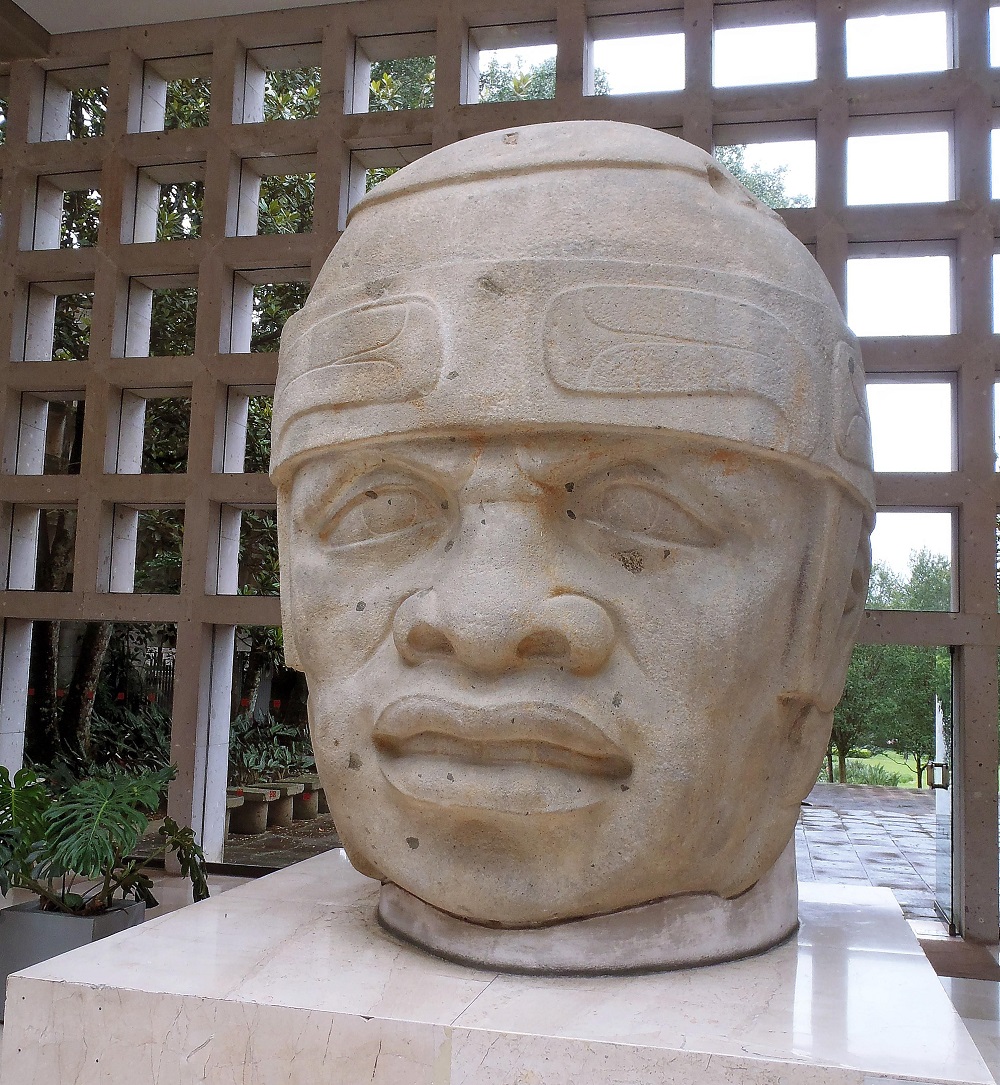We invite you to know through this interesting and updated post the characteristics and culture of the Political Organization of the Olmecs and their forms of government, as well as all the details of how they were organized in other areas.

Political organization of the Olmecs
The Olmec culture had its growth in the preclassic period of Mesoamerica. There are investigations that found traces of their presence in various parts of Mesoamerica, the area considered territory of this group, covers the states of Veracruz and Tabasco. They lived mainly from agriculture, fishing and stone carving.
By acquiring different activities to support the group, the Olmec began to have an economic, social and political organization, reaching a stratified form of society.
Their political organization was theocratic, meaning that everything revolved around a God, in this sense, religion was very relevant in this civilization.
Features
The social and political organization of the Olmec community can be established, normally, through the following characteristics:
- Stratified social organization. In other words, society was grouped into strata, recognizable according to their category.
- They developed an assembly between politics and religion, becoming a civilization whose politics was theocratic, governed by people linked to the deity and religion they professed.
- The minority of the people was dominant, this part of the population was made up of elite priests, warriors and architects. They were located in temples and tall buildings.
- The rest of the population was made up of peasants who lived in the villages around the temples, making up the majority of the group; and that they were subservient to elite groups.
- The elite groups were those whose crops were produced with better results, which gave them a good economic and social position, giving them some power over other groups.
- Due to their theocratic political organization, the priests had a lot of power, they were the same as the elite ruling class. Later, they would be considered kings with divine powers, just like shamans.
- Among the farmers, the men were responsible for the management of the country, while the women were mainly responsible for domestic tasks: they made clay figures, weaved and took care of the children.
- They were organized into tribes, led by a chief named Chichimecatl, who was able to make predictions about the rain and the harvest. Because of this, and because it belonged to the peasant group, it was the type of government that had the greatest reach.
- The Olmecs immortalized their rulers by building huge heads with animal features. This was also his main form of art; In addition to a form of tribute.
- The jaguar was considered an important animal that represents a higher unit. Reason for which, the chief of the tribe used ornaments related to this animal.
Form of government
Like most Mesoamerican civilizations, the Olmecs had a theocratic form of government, that is, they were guided by the deity. In this form of government, the power is held by God or the representative leader of God, such as priests or shamans.
In this mode of government, it was very common for the leaders to be members of the clergy; that is, those who were recognized in the religion they professed. It was also typical that the legal system of the state was based on religious law.
However, it can be emphasized that there was a kind of bureaucratic system to order people according to their social position, which depended on the economic level, the cultures, the land and the profession they practiced.
Thus, clearly distinct social classes coexisted in Olmec community centers: priests, bureaucrats, merchants, and artisans.
rulers
Having a theocratic-type government, the command was in the hands of priests and shamans, whose power was supreme, unquestionable and sacred.
These were considered direct ascendants of the divinity, they were defined as beings that united the terrestrial with the celestial, so it was believed that they had what was necessary to help people and protect them.
Now the priest who was chief of the tribe was called Chichimecatl. It is a compound word, meaning "the children of the calendar count", implying that the tribal leaders were people who were believed to be directly related to the gods.
They had the ability to see beyond what others could, they made predictions that benefited agriculture because they concerned crops and rainfall. As it is one of the main economic livelihoods of the Olmecs, the chiefs were respected, revered and even dedicated to the carvings.
How were they organized?
The Olmec culture was the first great civilization, known for its great architectural works. About 7.500 years ago, the first traces of agriculture in the region are evident. The Olmec civilization began to flourish around 1500 BC. c.
The Olmecs underwent three main stages of development, having three capitals during this period of development. Its beginning was in San Lorenzo, then in La Venta and finally in Tres Zapotes. The end of the Olmec culture remains a mystery.
The Olmec culture greatly influenced later Mesoamerican civilizations such as the aforementioned Aztecs and Mayans; especially with regard to religion and art. Places as far away as 700 kilometers have elements of their culture.
Political organization of the Olmecs
They were originally agrarian communities. The first civilizations that settled on the continent stopped being nomads and dedicated themselves to agriculture. For this reason, they began to develop their populations with more dedication.
By establishing themselves on their farms and dividing their activities, they began one of the primitive forms of egalitarian community. There are two hypotheses about the political organization of this indigenous group. In one of them, the political and social structure was integrated into one.
An elite managed agricultural resources, water and stone quarries for construction. A hierarchical structure was created that monopolized resources.
The second theory suggests that the elites descend from the families that have acquired the best farms, and thus gain control. Once in power, the priests emerged.
The priests and the ruling elite were practically the same. Priests evolved into shamans or priest-kings with supposed divine powers. A religion was formed to support the power of the shamans, which came from the gods.
economic organization
Their main economic activity was agriculture. They had large crops of corn, sweet potatoes, avocado, beans, pumpkin and yams. Although they generally settled on farms, they also came to practice slash-and-burn agriculture.
The Olmecs traded basalt, rubber, shells, pottery, and other items. They formed alliances with the cities with which they traded, for example, Monte Albán and Teotihuacán.
The main economic centers of the Olmecs were the towns located in San Lorenzo, La Venta and Tres Zapotes. San Lorenzo is distinguished for being a fertile area, where numerous planting sites existed. They used rivers for irrigation and as a means of communication.
La Venta was characterized as the commercial area. Being on the coast, it was an important fishing area, and there were also rubber and cocoa crops.
Rubber products were used by other civilizations such as the Aztecs and the Mayans. In the Venta area there are also the basalt mines that were also used by them.
The Tres Zapotes area was used during the period 400 BC. – 1500 AD Not much is known about its economy, but it is an area where temples abound. Stones have also been found where the Olmecs recorded their numbering.
The Olmecs are known to perform rituals involving human sacrifices. They also had sports activities with natural rubber balls.
Olmec cities, such as San Lorenzo, had areas for the residences of the ruling elite and others for the general population. They were terraces on which the houses would have been built.
The ruling class and artists are said to have lived in the city of about a thousand people, while the surrounding area is home to about ten thousand people.
Places like La Venta, in addition to being a colony of ruling elites and artisans, served as a place of pilgrimage or as a sacred place of honor.
It has become a great trading and fishing center. The largest pyramids were built, one of them 33 meters high.
They developed and imposed their religious beliefs and their market in the surrounding areas, resulting in clashes with other settlements. The drawings of armed warriors at war and the weapons found are proof of this.
As mentioned above, the working social class lived separately and brought offerings in religious ceremonies in temples, where the priests and the ruling lineage resided.
The religion was based on the cult of animals, some of them fantastic, like a winged serpent. Some caves were considered sacred sites. Through the use of hallucinogenic drugs, obtained from certain plants, the priests entered a trance and had their visions.
Once in a state of trance, the priests were said to be able to manipulate the forces of nature, attract rain and cultivate crops. The deity with the most presence for this culture was a mixture of man and jaguar. This animal was highly revered for its great predatory capacity in the rest of the species.
One of the most notorious social activities was the ball game, much like soccer, which was played on fields roughly the same size. There were stands for the public on the sides and the teams could not touch the ball with their hands.
The ball of the game was quite heavy, some calculate that it weighed almost 3 kg and because of that it could cause serious damage when hitting a player.
Players wore helmets, and the captain of the losing team was sacrificed to the gods to ask that volcanoes not erupt or earthquakes not occur. The winning captain was highly glorified and rewarded, which made the risk of playing interesting.
Recent archaeological finds have revealed that the Olmec script is the predecessor of many previously discovered Mayan glyphs.
Even a drawing of a bird with characters coming out of its mouth reminds us of the balloons used today to represent character dialogue.
We invite you to consult other articles on our blog, which may be very interesting:
